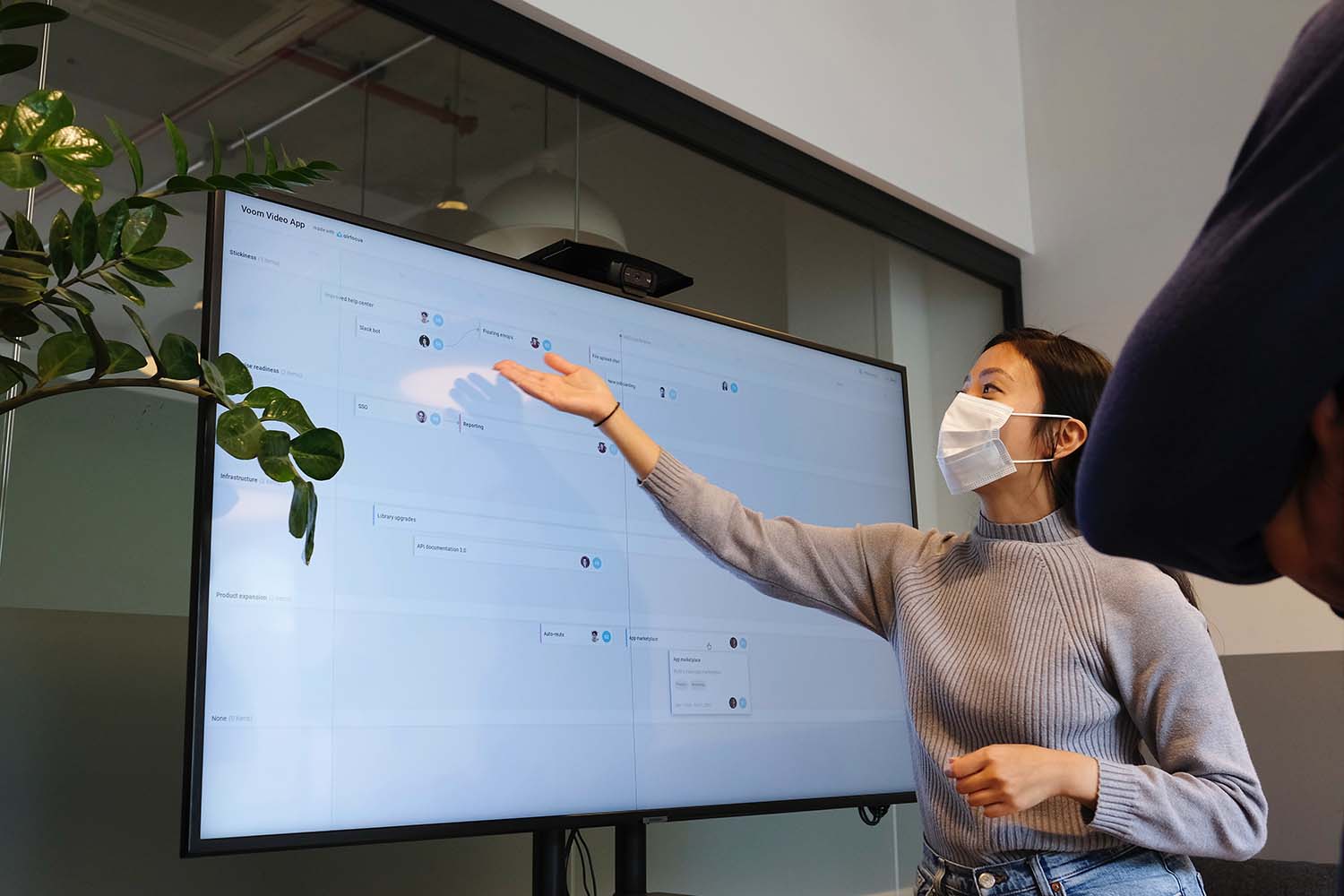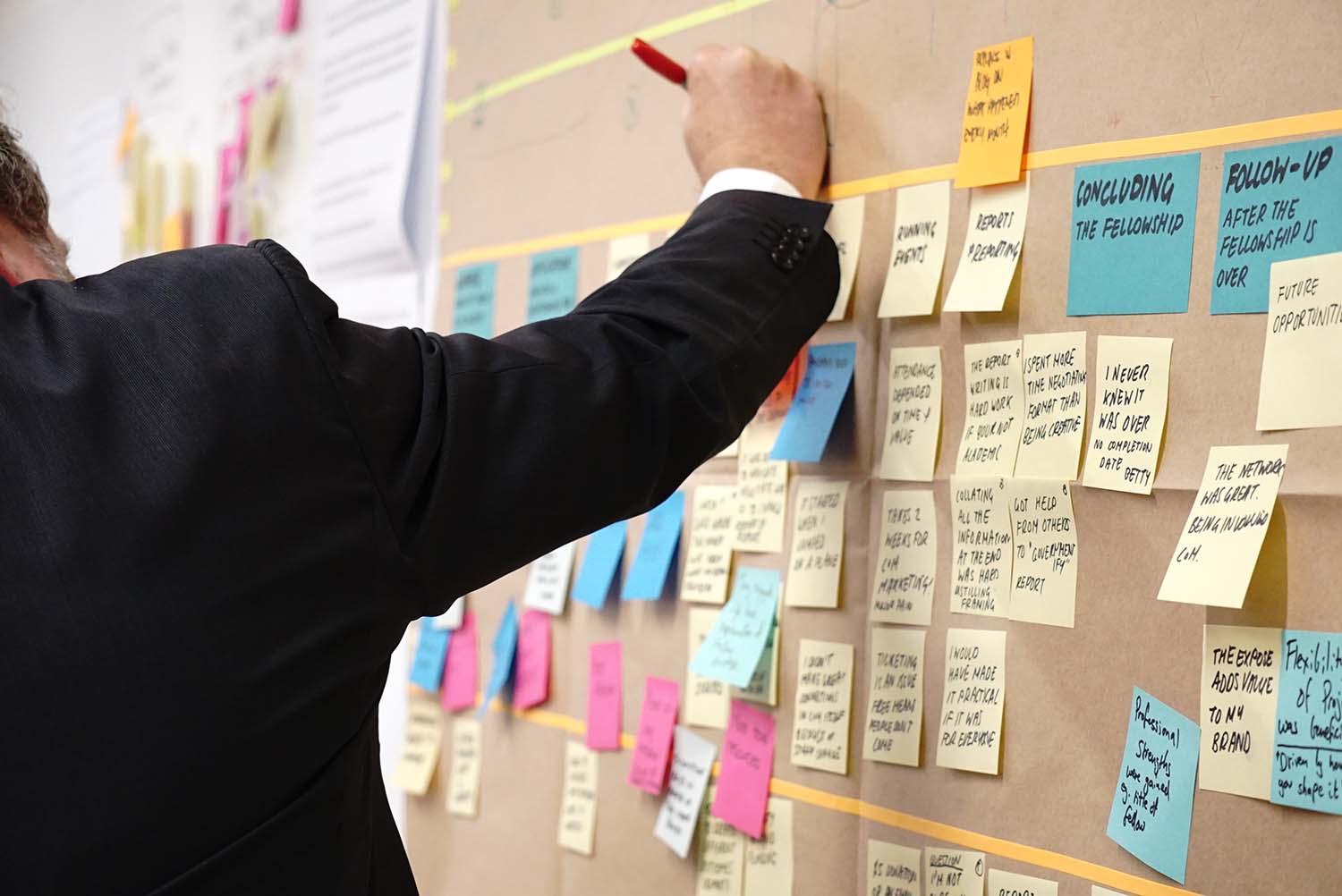Providing constructive feedback is an integral part of the learning process. It helps students to confirm, correct, or restructure their current learning practices and approaches.
Meaningful feedback boosts engagement and motivation. Besides, it encourages students to reflect on their progress and improve self-regulation and planning skills. After all, students are here to better themselves. It’s vital they know where they’re going wrong. But also to be encouraged rather than lead them to feel defeated.
However, it is not only students who can achieve improvement. Feedback is beneficial for teachers as well. As they collect evidence on their students’ performance, they can see the impact of their teaching strategies. It allows educators to adapt practices to the needs of students to enhance their learning outcomes. Constructive feedback is literally a win, win situation.
To provide constructive and educative feedback, a teacher needs to take four steps: Set learning goals; Gather evidence on students’ performance; Provide instructions on how to improve learning outcomes; Check how students respond to them.
Here are several strategies that can make your feedback more meaningful and effective.

Photo, airfocus.
Be Specific
Your message should be clear. Students need to understand exactly what you want them to improve. Name the issue specifically, avoiding ambiguous words and formulations. For example, instead of saying “be more active,” try to point out some specific activities the student should participate in.
You will sound more objective and give a clear idea of what success looks like. Explain to the student why your recommendation is important to follow and what impact it will have. It will give your feedback a purpose and logic. Which is exactly the purpose of giving constructive feedback.
Ask Students’ Opinion
Create a joint problem-solving situation. If there is an issue that needs to be addressed, ask the students how they see it. Additionally, you can hold a discussion or ask students to write a reflective essay. You can buy EssayService samples for them to see how it’s done.
It is a non-graded assignment where they would evaluate their current performance and suggest possible changes. It is important to know the point of view of your students to understand their needs better. Learn about them, whilst letting them learn about their subject.

Photo, ThisisEngineering RAEng.
Focus on the Task
You should be clear about learning goals to assess your students’ knowledge and skills relative to it. Research suggests that to improve education and maintain learners’ motivation, you need to focus on the task rather than on a student’s personality or talents.
This applies to both positive and negative feedback. It helps learners to achieve a strong internal locus of control. Lastly, this means that they will rely on their own work and effort instead of praising or blaming external factors.
React as Soon as Possible
Immediate feedback proves to be much more effective than delayed recommendations. Optiz and colleagues conducted an experiment, comparing the impact of both. They have found that students who receive immediate feedback gain an increase in performance.
If you cannot provide feedback on the spot, do it after the class. However, waiting days or weeks is a bad idea as students might not respond to it positively or connect it with the issue.

Photo, Marília Castelli.
Provide Feedback During One-on-One Meetings
If you want your students to receive feedback positively, make sure you provide it one-on-one. Learners should be able to ask questions and share their thoughts. If you give feedback in front of other people, you will make the student uncomfortable or even defensive. In both cases, your feedback will not reach the desired results. Furthermore, this personal approach will give them more freedom to air their own concerns. It’s about being honest and approachable.
Keep Track of Student Performance
Working with a large group of students, you might forget the issues you need to discuss with each of them. It is helpful to keep track of their progress in a written form. Note down students’ achievements, behaviour issues, questions, grades, etc. It will also help you to collect structured evidence on their performance and provide substantial and specific feedback.

Photo, Jo Szczepanska.
Acknowledge Students’ Efforts
Positive feedback is crucial to reinforce students’ efforts. Make sure you point out and praise their progress. It encourages students to work more and allows them to confirm their behaviours. Even if a student is yet to achieve a certain learning goal, their efforts are worthy of recognition. We all want to know what we’re doing is worthwhile, right?
Consider Individual Needs of Students
Each student is different, and it’s important to be attentive and sensible when providing feedback. While some students perceive feedback as a challenge and a source of encouragement, motivating them to work harder, others may be more vulnerable and might become discouraged. The teacher’s task is to find an individualized approach to maintain each student’s motivation. However, it’s equally important to caution students against shortcuts like relying on Microsoft AZ-500 Practice Exam Dumps or similar resources, which can undermine genuine learning and long-term success. Instead, feedback should guide them towards truly understanding the material.

Photo, Brooke Cagle.
Explain How to Improve
Pointing out a problem without providing a solution is rather ineffective and can be even counterproductive. Make sure you explain to students the steps they need to take to improve their performance. Moreover, you can try to involve learners in this process and work on a solution together.
This way, you do not only encourage students to be more mindful about their performance but also support self-feedback.
Check Whether a Student Understands Your Point
Firstly, giving feedback is not the easiest thing to do. Sometimes it may cause misunderstandings if the student misinterprets learning objectives or cannot cope with the task without some extra instruction. To make sure that the student understands your feedback and its purpose, ask them questions to get their perspective on the issue.
Secondly, mutual understanding is key to empowering learners to move towards their goals. Provide feedback wisely to unlock the best possible benefits for your students. Being clear and concise is the goal in all forms of education, make sure it also applies to constructive feedback for students.
Finally, your student understanding you means that they’ll get where they need to quicker. It can expediate your work if your students arrive to their goals as quickly as possible.








